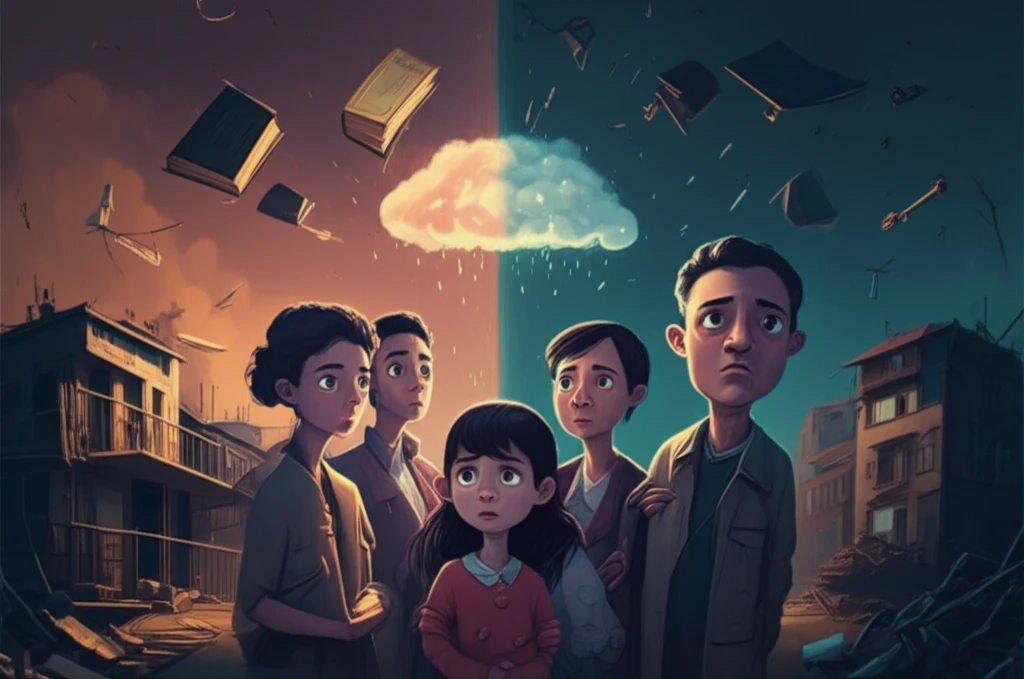
Fukushima's Legacy: How Socioeconomic Status Shaped Reactions to Radiation Exposure
"A cross-sectional study reveals the surprising ways income and education influenced anxiety and risk-averse behaviors after the Fukushima Daiichi nuclear power station accident."
Nuclear power plant accidents, like the one at Fukushima Daiichi, release radioactive materials that contaminate the surrounding environment. This contamination can trigger widespread anxiety, even when the actual health risks are minimal. Effective communication about the real dangers is crucial, but harmful rumors and misinformation can worsen the situation, disrupting local economies and hindering recovery efforts.
Following the 2011 tsunami that damaged the Fukushima Daiichi plant, radioactive substances spread across neighboring areas. While radiation levels in most municipalities didn't pose immediate health threats, many residents worried about long-term effects and psychological stress. Some even hesitated to buy local food products, even after safety checks. This highlights the challenge of effective risk communication, especially when radiation levels are low.
Individual reactions to risk vary greatly, with some people struggling to accurately assess danger. Understanding these differences is key to improving risk communication strategies. Previous research has linked reactions to various risks – such as genetically modified foods and terrorist attacks – to factors like gender, ethnicity, education, and income. However, little is known about how socioeconomic status (SES) affects anxiety and risk-averse behaviors in communities exposed to radiation. This study investigates that connection in the aftermath of the Fukushima Daiichi accident.
Income, Education, and Anxiety: Unpacking the Reactions to Fukushima

This study, conducted a year after the Fukushima Daiichi nuclear disaster, surveyed 10,000 people across Japan to understand the relationship between socioeconomic status (SES) and reactions to radiation exposure. Participants were asked about their anxiety levels and whether they took protective actions against radiation. The study then analyzed these responses in relation to their income and education levels.
- Anxiety: Lower-income participants reported higher levels of anxiety regarding radiation exposure.
- Risk-Averse Behavior: Participants with higher incomes and higher levels of education were more likely to take protective actions against radiation.
- Income Disparity: Individuals in the highest income bracket were less likely to report feeling anxious, yet they were more prone to engage in risk-averse behaviors compared to those in the lowest income bracket.
- Education's Role: Those with a university or graduate-level education demonstrated a greater tendency toward risk-averse behaviors compared to those with only a junior high or high school education.
Implications for Risk Communication
The study's findings underscore the importance of tailoring risk communication strategies to different socioeconomic groups. Risk communication should consider the varying levels of anxiety and risk-averse behaviors among different populations to effectively address concerns and promote informed decision-making, taking into account their socioeconomic status. Effective risk communication can help reduce unnecessary anxiety, dispel harmful rumors, and facilitate the recovery of affected areas.
